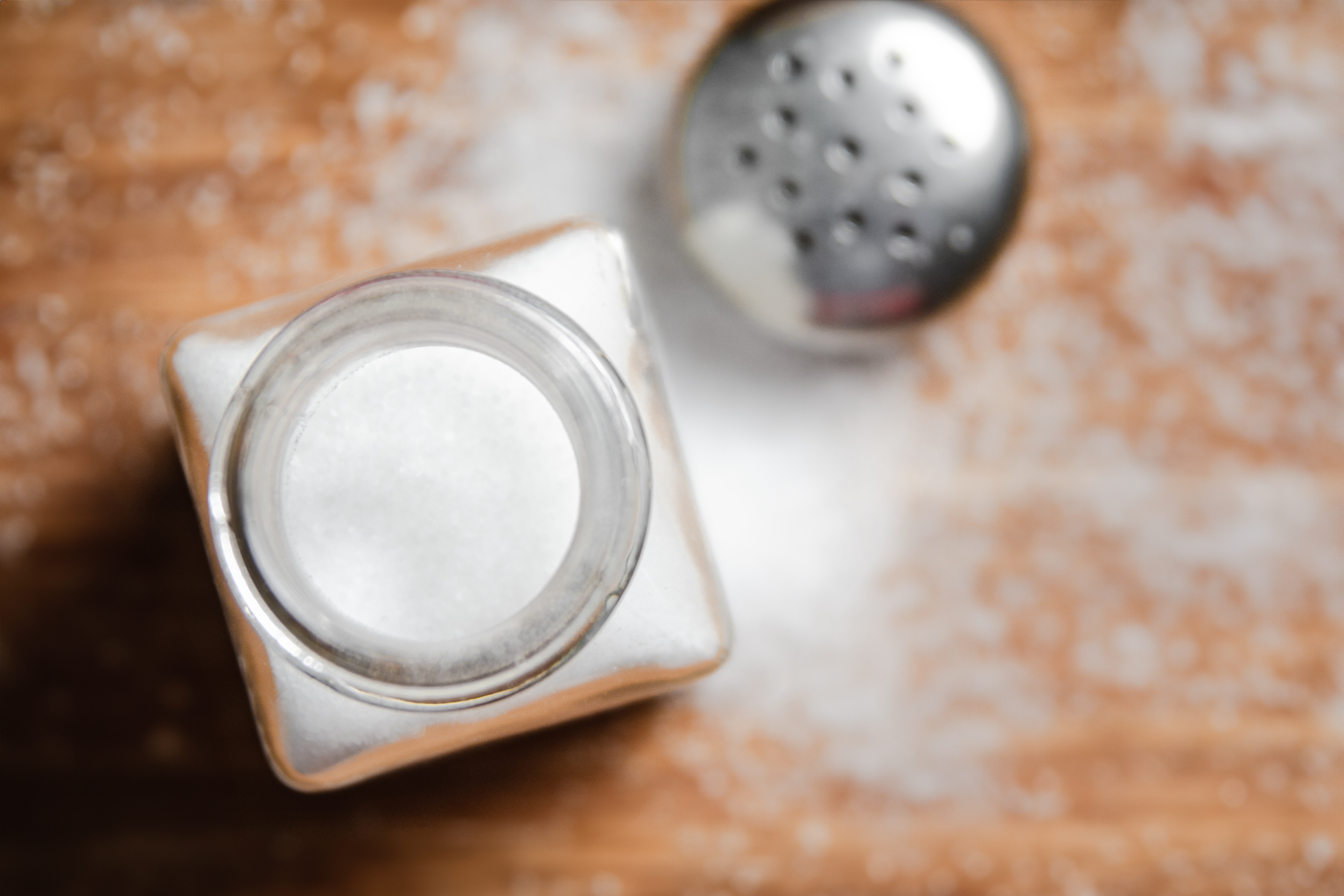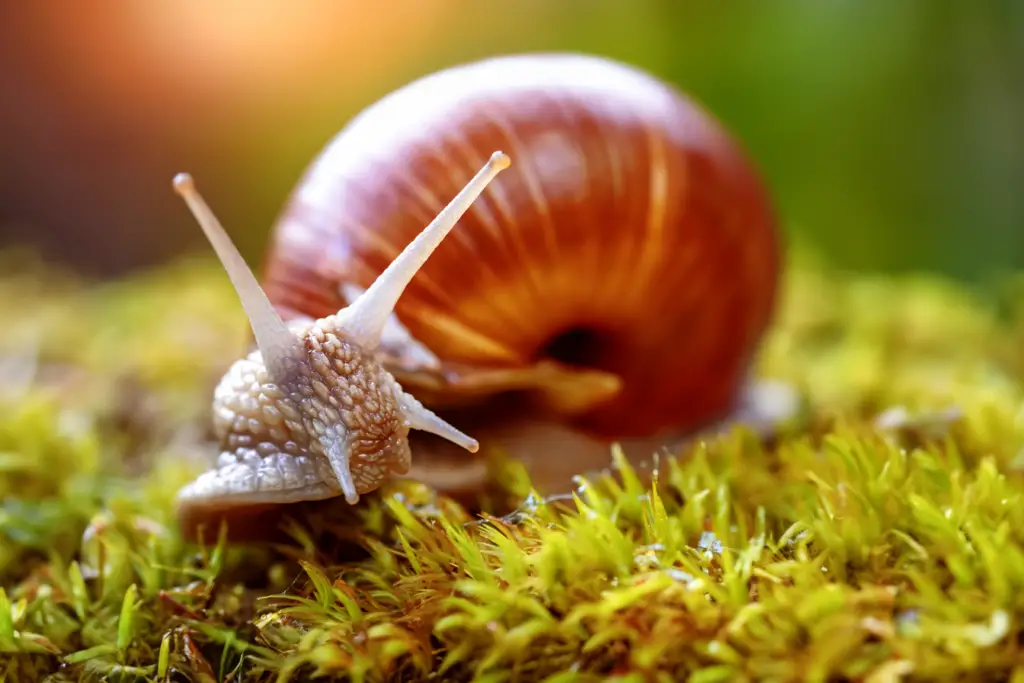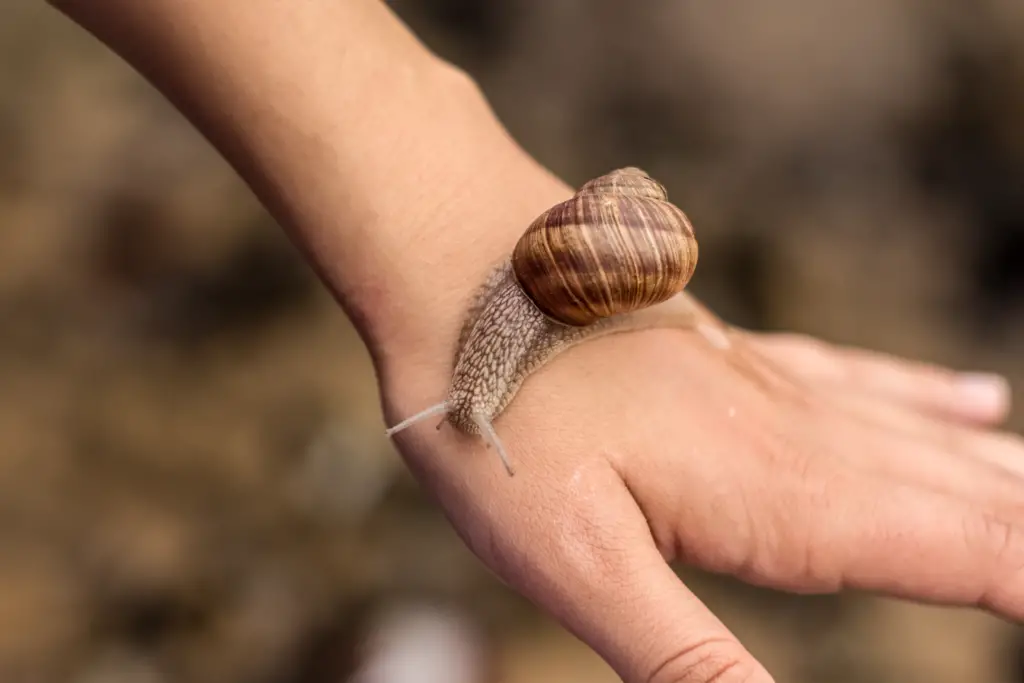
When you come across a snail in your garden, the first thing that might pop to mind is the old method of using salt to get rid of these slow-moving visitors. It’s a common but unpleasant technique due to the dramatic effect that salt has on snails. But have you ever wondered what exactly happens to snails when they encounter salt? The answer lies in the process of osmosis, a phenomenon that occurs at the cellular level.
Osmosis is the movement of water across a semi-permeable membrane — like the one that makes up a snail’s skin — from an area of low solute concentration to an area of high solute concentration. In the context of snails and salt, when you sprinkle salt on them, the high concentration of salt outside their body causes water to rush out from their cells to dilute the external environment. This leads to dehydration, physical stress, and, if the salt exposure is extensive, death. Understanding the effects of salt on snails not only satiates your curiosity but also highlights the importance of humane pest control practices.
Biological Impact of Salt on Snails
When you sprinkle salt on snails, it has a profound biological effect that includes disrupting their water balance and overwhelming their defenses.
Osmotic Imbalance and Dehydration
Snails have moist skin and tissues that facilitate their movement and breathing. Salt creates an osmotic imbalance, making the water in snail cells move outside to balance the high salt concentration. This rapid loss of water leads to severe dehydration, which can be fatal for snails, as they aren’t able to replenish this lost moisture quickly enough.
Mucus Production and Physical Stress
In response to salt, snails produce excess mucus. This is a protective response; however, it requires a substantial amount of their remaining water and energy. The process is physically stressful and often leads to a significant energy deficit, making it harder for them to recover from the salt exposure.
Chemistry of Salt and Snail Physiology
When you sprinkle salt on a snail, the high concentration of sodium chloride affects their cells and bodily functions in a profound way, disrupting their ability to maintain moisture.
Cellular Damage from Sodium Chloride
The structure of a snail’s body is highly susceptible to dehydration. Sodium chloride, commonly known as table salt, creates a hostile environment for the snail’s cells by triggering a process called osmosis. This process involves water molecules moving across the cell membrane to balance the salt concentration on either side. When salt is present in high amounts outside the snail’s cells, water rushes outwards, leaving the cells dehydrated and unable to function, which leads to tissue damage and eventual death.
Salt Concentration Thresholds
Snails can handle certain amounts of salt in their environment; however, there comes a point when the sodium chloride concentration is too high for their physiology to manage. This threshold varies between snail species, but in most cases, even a small quantity of salt is enough to upset the delicate ionic balance within their tissues, starting the lethal osmotic process. Snails thrive in moist environments, and exposure to salt beyond their tolerance threshold quickly proves fatal as they’re unable to cope with rapid fluid loss.
Environmental Factors Affecting Snail Mortality
The survival of snails is closely connected to their habitats and the varying levels of salt they’re exposed to. Understanding these environmental aspects can shed light on why snails succumb to salt.
Habitat and Salt Exposure
Your typical garden snail requires moist environments to thrive. They’re usually found in gardens, forests, or fields with abundant vegetation providing shelter and moisture. However, when the level of salt in their environment is heightened, either through natural processes or human intervention, it can prove fatal. High salt concentration directly influences snail mortality because it disrupts their vital physiological processes. For example, when salt is poured on a snail, it absorbs the water from the snail’s body which can lead to rapid death.
- Natural Salt Exposure: Occurs in coastal areas or from dehydrated soils.
- Human-Caused Salt Exposure: Results from the use of salt to deter snails in gardens or from road de-icing.
Protective Adaptations
Snails aren’t completely defenseless against salt. They have certain adaptations that allow them to survive in environments where salt is present, albeit only to a limited extent. Their mucus is key to their mobility and also provides some protection from low salinity levels by maintaining hydration and facilitating movement. However, when confronted with a large quantity of salt, these adaptations are not sufficient. Osmosis causes water to rush out of the snail’s body, leading to dehydration. Snails can’t withstand the rapid water loss that results from high concentrations of salt, which overcomes their protective barriers and eventually causes their demise.
- Mucus Production: Helps retain moisture and reduce salt uptake.
- Behavioral Adaptations: Snails seek out shaded, moist conditions to avoid desiccation.
Frequently Asked Questions
In this section, you’ll find clear insights on how salt affects snail physiology and responses, and if and how the distress from salt exposure impacts them.
What is the effect of salt on snail physiology?
When salt comes into contact with a snail, it begins a process of dehydration, as salt naturally draws moisture out of the snail’s body, leading to a fatal loss of body fluids.
How does osmosis contribute to the impact of salt on snails and slugs?
Osmosis causes water to move from an area of lower salt concentration within the snail’s body to the higher salt concentration area outside, resulting in rapid water loss and potential death for the snail or slug.
Can slugs and snails experience pain from salt exposure?
The scientific community is still researching the extent to which snails perceive pain. However, it is known that salt can cause them stress and potentially damage their tissues, suggesting an experience that could be akin to pain.
What occurs physically to snails when they come into contact with salt?
Physical contact with salt causes snails to produce excessive mucus in a futile attempt to protect themselves. This results in their bodies becoming dehydrated and eventually leading to their death if enough salt is present.
Is it considered harmful to use salt as a method to control snail populations?
Using salt as pest control is generally seen as inhumane due to the distress it causes to snails. It can also lead to soil salinization, which makes the environment harmful for plant growth and other living organisms.
Are there ways to help snails that have been affected by salt?
If a snail has been exposed to salt, gently rinsing them with water and placing them in a shaded, moist environment may potentially assist in their recovery by helping them rehydrate and stabilize their bodily functions.
Driven by a passion for those tiny creatures that rule our world, we at Bug Domain strive to be your go-to resource for information on insects.



